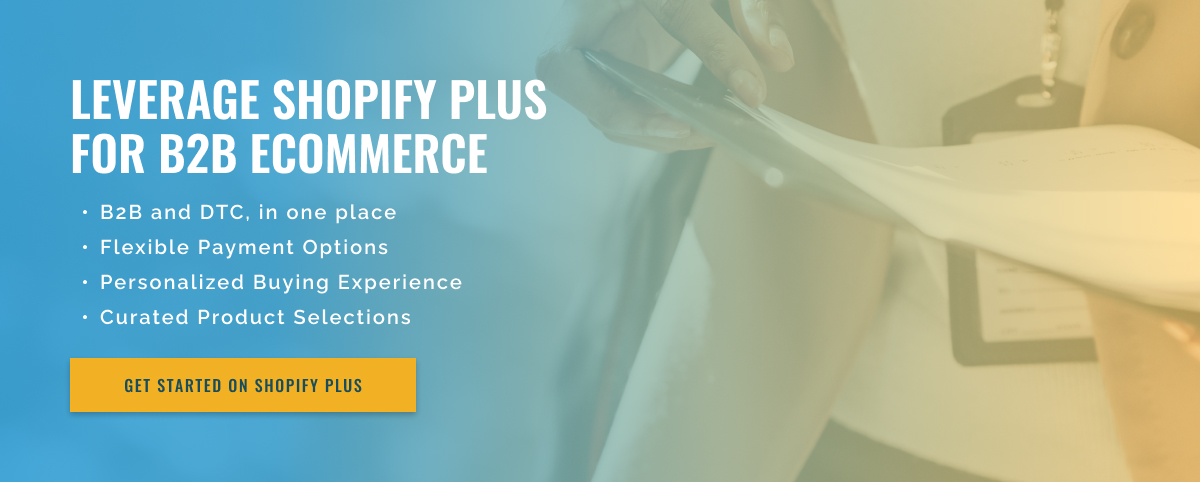3 minute read
Using Metafields in Shopify for B2B Products
As online shopping becomes more popular, more and more businesses are turning to platforms like Shopify to build their websites and sell their products. However, unlike traditional B2C (business-to-consumer) transactions, B2B (business-to-business) sales often require more complex and detailed product information. This is where the use of metafields in Shopify comes into play.
Metafields are essentially custom data attributes that can be added to products, variants, collections, and customers on the Shopify platform. These fields allow developers to create additional information beyond the standard product details, such as size, color, and price. Metafields allow B2B businesses to provide their customers with additional information and options about their products and tailor their product offerings to different customer groups.
So how do developers use metafields in Shopify to create custom data attributes for B2B products? Let’s take a closer look.
1. Define the structure of the metafields: Before creating metafields, developers need to define the structure of the data they want to add. This includes the data type (text, image, or number), the field location (product, variant, or customer), and the field label. This provides consistency and organization for future use.
2. Use code or an app to create metafields: There are two ways to create metafields in Shopify: coding or using an app. Coding requires some technical knowledge and involves using the Shopify API to edit the product data schema. Developers can also use apps available in the Shopify App Store, such as Metafields Master or Advanced Custom Fields, which provide an easy-to-use interface for creating metafields.
3. Adding metafields to products and variants: Once the metafield structure is defined, developers can start adding the fields they create to their products and variants. These fields can include additional product details, such as material, weight, or minimum order quantity, which are essential for B2B transactions.
4. Using metafields for group-specific pricing: One of the key benefits of using metafields in Shopify is the ability to create group-specific prices for B2B customers. Developers can assign metafields to specific customer groups and use them to display different prices for those customers. This allows businesses to offer customized and competitive prices to different customer groups.

